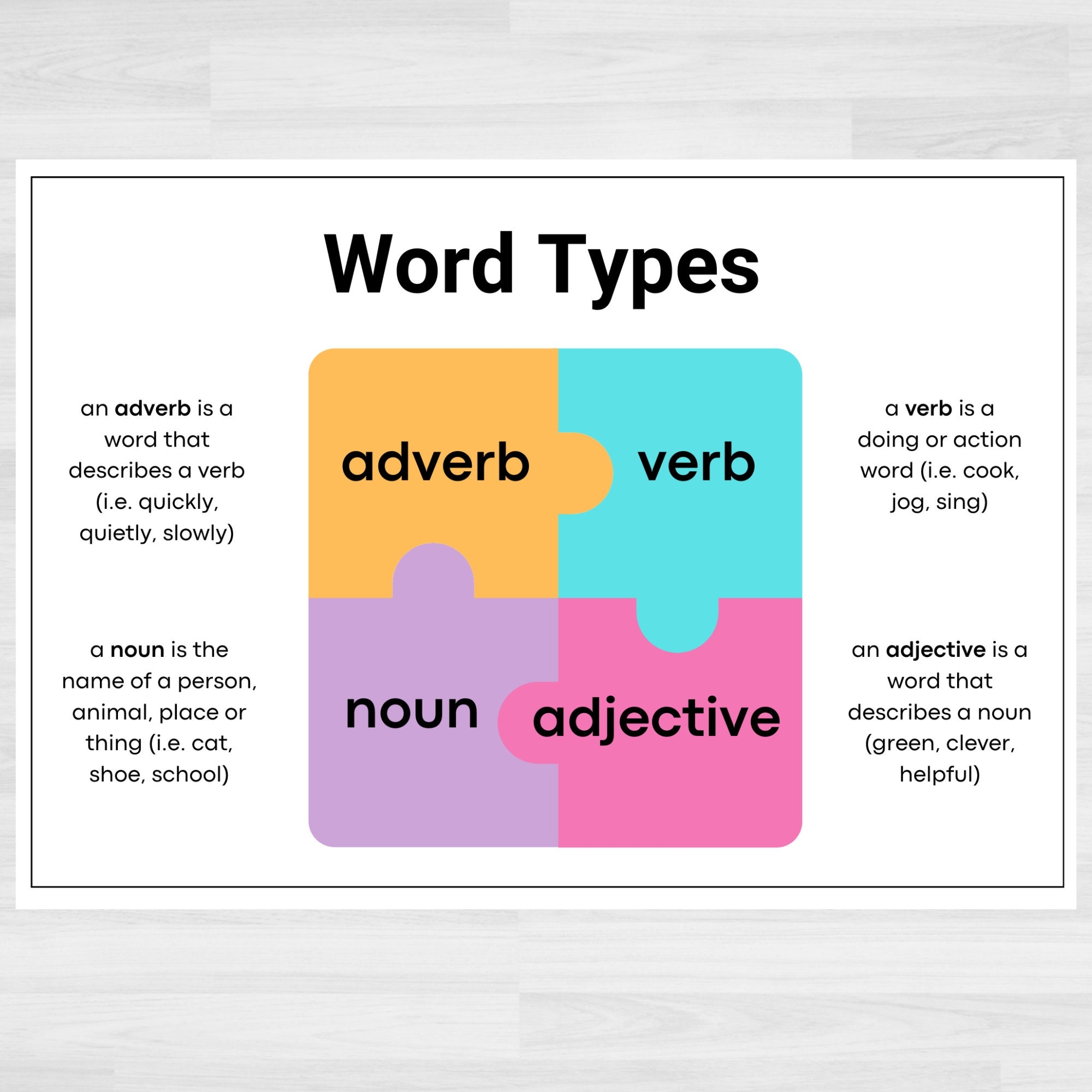When it comes to building vocabulary and enhancing language skills, word walls are a powerful tool that can be used in classrooms or at home. Word walls help students visually learn and remember new words by displaying them prominently in a learning environment. By categorizing words into nouns, adjectives, and verbs, learners can better understand the different parts of speech and how they are used in sentences.
Creating a word wall with nouns, adjectives, and verbs allows students to see the relationships between different words and how they function in language. This not only improves vocabulary but also helps with grammar and sentence structure. It’s a fun and interactive way to engage learners and make language learning more accessible and engaging.
Word Wall Nouns Adjectives Verbs
On a word wall, nouns are the names of people, places, things, or ideas. Adjectives are words that describe or modify nouns, adding more detail and information. Verbs are action words that express an action, occurrence, or state of being. By categorizing words into these three groups, learners can better understand the role each word plays in a sentence and how they work together to convey meaning.
When students see words displayed on a word wall, they can make connections between words that are related in meaning or usage. This helps with vocabulary retention and comprehension. By regularly interacting with the word wall and practicing using the words in context, students can improve their language skills and become more proficient in reading, writing, and speaking.
Word walls can be customized to fit the needs and interests of the learners. Teachers and parents can add new words regularly to keep the word wall fresh and engaging. By incorporating visuals or examples with the words, learners can better understand the meanings and uses of the words. Word walls can also be used as a reference tool during writing activities or discussions to support students in expanding their vocabulary and expressing themselves more effectively.
In conclusion, word walls are a valuable resource for building vocabulary and improving language skills. By categorizing words into nouns, adjectives, and verbs, learners can see how words are used in different contexts and how they work together in sentences. Word walls make learning fun and interactive, helping students engage with language in a meaningful way. So, whether in a classroom or at home, consider creating a word wall to support language learning and enhance communication skills.
